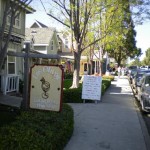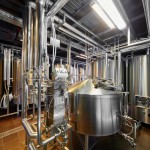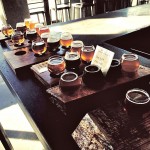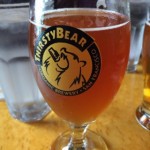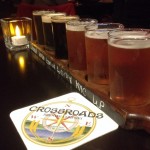How Europe Got It Right: Exploring the Differences Between Beer Brewing in Europe and the States
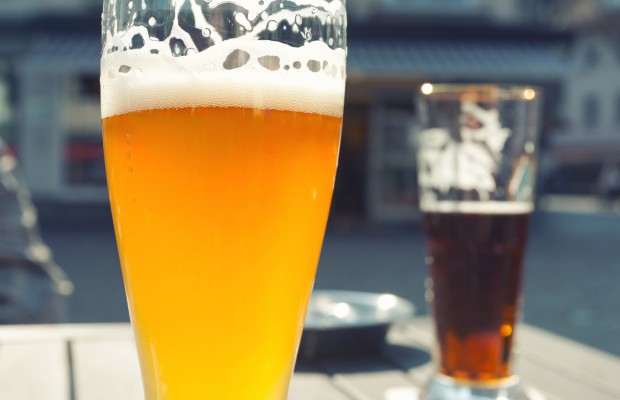
You’ve heard it before: European beer is better, European beer is stronger, European beer is … well, different. While there’s some truth to some of those statements, it comes with some caveat. What kind? Well, the craft beer scene has exploded in the US in the past few years, bringing with it a new era for American beer.
Still, there are differences between American-brewed beer and European beer. We talked to Gerard McGovern, Partner & Master Brewer at Irish Yankee Beer Co, Dublin/NYC, to find out just how important those differences are.
Q: What would you say is the main, most noticeable difference between American and European beer?
GMc: The beauty of the typical American beer is that it is available in all its myriad shades in your local bar or beer store! In Europe, most of the styles of beer in America are available, but not all together in the one country, city, village or bar. To get choice, you have to travel widely.
Q: American beer has always been known as a “weaker” beer. Is that still the case or is the home brewing movement changing that?
GMc: Yes, going back 20 or 30 years, the average American would be drinking beer with an ABV (alcohol by volume) level of 3.6 to 4.0%. The biggest drinking nation in Europe (the Germans) wouldn’t get out of bed in the morning for that! They would always drink beer starting at 5.2 ABV and working up to 6.0 ABV at Oktoberfest season! The Belgians would slowly savor beer at ABVs of 7.0 to 9.5 ABV. Ireland and the UK suffered (and still suffer) under penal beer taxes based on alcohol strength, and this has driven down their beer ABVs to typically American levels.
But the tide is moving now in a totally opposite direction in the US. People are experiencing and expect to experience higher ABVs; the higher alcohol content is helping to smoothen and balance the otherwise rather extreme flavors that the homebrewing/nanobrewing/craft brewing community are generating. These flavors cost more to make, and hence the higher sales price of a good craft beer.
Q: Are ingredients or the process used by homebrewers/small breweries in the US really that different to those in Europe?
GMc: Yes again! Most of the ingredients are of course the same (malt, hops, yeast, water), but who in the traditional European brewery would have thought of brewing with Mexican chili peppers? Only in the States would the average craft Brewer believe that he has the typically American freedom to explore the use of these materials in his beers, without feeling that the weight of a centuries-long tradition is preventing him from breaking the mold.
At the same time, craft brewers have taken European traditions in beer making and “stretched” them in unusual ways. The recent explosion of interest in “sour” beers here exemplifies that. Same ingredients, different approach.
Q: It seems like America is just now beginning to establish a beer tradition (thanks to the popularity of craft beer) while European beer has a long history. Do you think that’s the case and how are things changing now?
GMc: I think it’s more accurate to say that America is developing many new beer brewing traditions. In the last 10 years, a brand-new “tradition” in America of producing flavorsome IPAs has shown what can be done with beer. I don’t believe that the American approach to life and living really agrees with the notion of a tradition in the first place. We keep changing the rules and parameters of everything we get involved in.
Q: The home brewing movement has gained major terrain in the US, and is now easier than ever to homebrew here at home. It doesn’t seem like the homebrewing movement is as strong in Europe. Any idea why that might be the case?
GMc: Yes, it does seem to be the case that there are more homebrewers here per head of population. One major reason is the lack of regulation here compared to Europe. In Paris, people live on top of each other, and so if strange odors come from someone’s kitchen apartment, their neighbors are intolerant of this, and rapidly will call in the authorities to shut down whatever obnoxious activity is being carried out! Here, outside the main city downtown areas, in general we don’t have the same issues.

